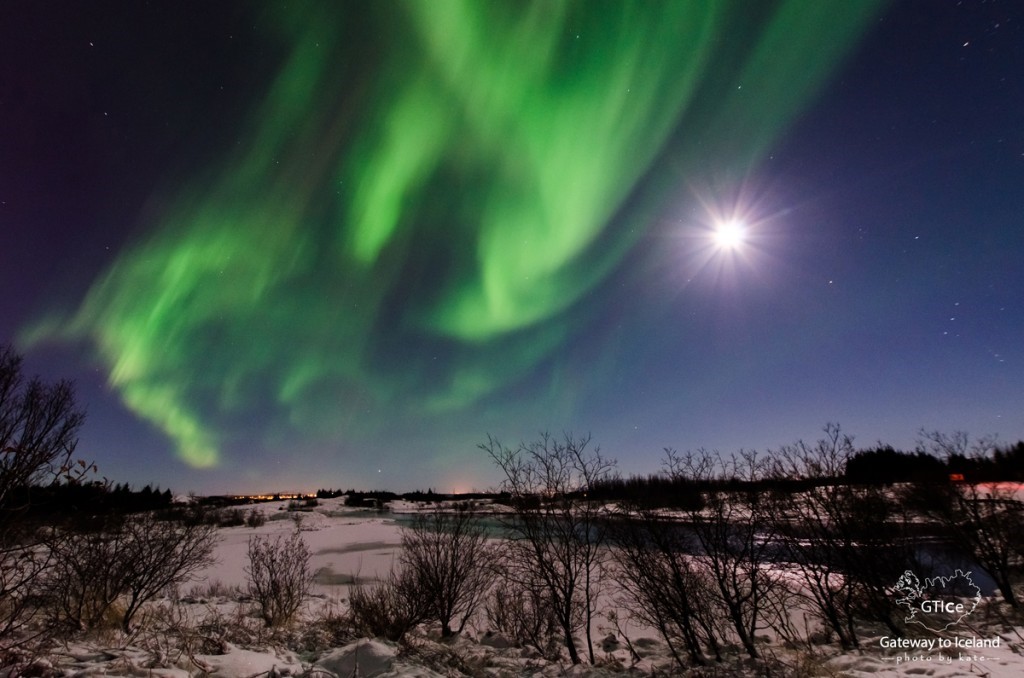What are the Northern Lights or more precisely the Aurora Borealis exactly? And why do they only happen in the Northern or Southern hemisphere?
The first important thing to understand is that the Earth has a magnetic field. Specifically in the South and North, which is why a compass will point North. As we know the sun emits certain charged particles, such as electrons, and these are blown towards the earth by solar wind. Once these particles hit the Earth’s magnetic field, they will largely be reflected but some will enter earth’s atmosphere and will follow this magnetic field to their point of origin. This point of origin will either be the northern or southern magnetic pole. The electrons then hit Nitrogen or Oxygen atoms in the atmosphere and transfer their energy to those atoms. When this happens, they excite the electrons in the atoms, which increases their energy. However, this excess energy has to be released somewhere and it does this in the form of light. This can be seen on the image below
From where do they get their distinct colors?
Northern Lights can take the form of many colors such as, purple, red, yellow, pink and green. The reason the colors can vary is because it depends on which altitude the energy is released, and gases vary according to their altitude. For example, the most common color- a sort of yellowish-green is produced by oxygen molecules located about 95km (60 miles) above the earth. The red ones are produced by high-altitude oxygen gases up to 320 km (200 miles) above the earth and when blue or purple aurora’s are formed, they have been produced by Nitrogen particles. A fun fact is that Earth is not the only planet with Northern Lights. Saturn has also recorded Aurora’s and appear as a red color due to Saturn’s atmosphere being made out of Nitrogen and unlike Earth’s aurora’s they will last for several days.
When and where can you see them best?
What researchers have discovered is that the aurora activity is cyclic and peaks roughly every 11 years. The last peak period was in 2013. The best place to see the Northern Lights are in countries in the northern hemisphere and Iceland is a perfect example. They are always present but can only be seen when it is dark outside, which is why the best period to view them is from September – April. Furthermore, due to the light pollution in cities they are more visible outside of the city. Moreover, you are not always able to see the lights even if there are no clouds in the sky. Because of this it is important to assess the conditions every day before trying to view them in the night. We, at Gateway to Iceland, try our best to assess each day for preferable conditions which is why sometimes Northern Lights tours will have to be cancelled. So please understand that even when all the signs point towards Northern Lights, it is never guaranteed. It is a natural phenomena which can behave very unpredictably, just like the Icelandic weather.



